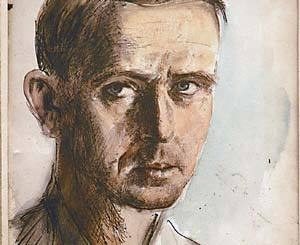
1901 - 1977
Nikolay Glushenko
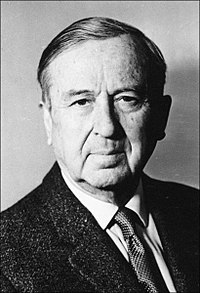
description
An outstanding Ukrainian painter, public figure, one of the brightest figures of the fine art of the 20th century in Ukraine.
The future artist was born into the family of an accountant. At the age of 17, he graduated from the commercial school in the town of Yuzovka (now Donetsk) and was soon drafted into the army of Denikin.
Glushenko was a laureate of the State Prize of Shevchenko, had the title of the People’s Artist of the USSR. From the artistic heritage, which according to various data is from 10 to 17 thousand works, the National Art Museum of Ukraine and the Dnepropetrovsk Art Museum own the largest collections. In 2017, in Sednev near Chernigov, the opening of a monument to the outstanding Ukrainian painter took place. As a teacher, Glushenko worked at the Kiev Art School; from 1939, he was a professor at the Moscow Art Institute. Living abroad, he was a scout; before the outbreak of World War II, he sent home a lot of useful information, which is documented in the relevant reports and the official characteristics of agent Janek (Glushenko).
Key Ideas:
– The amplitude of the picturesque predilections of young N. Glushchenko is quite wide. This was the result of his interest in Rubens and Menzel, the study of the German Renaissance, attention to the avant-garde trends of the Berlin Secession.
– However, the key styles that corresponded to the mood of the artist himself – Impressionism and Post-Impressionism – led to the fact that the artist in this technique sought to uncover the themes of female beauty, the poetry of love, the mood of the landscape. The object of the image was the bizarre masses of the Parisian Notre-Dame and the sun-drenched banks of the Dnieper, Sednev and the violent force of the waves of the Black Sea, the Carpathian autumn gold and the Crimean vineyards, the apple orchard and various flowers: cornflowers, peonies, marigolds and roses.
– By means of painting and the talent of a draftsman, Glushenko depicts his friends and acquaintances (A. Dovzhenko), paints nudes and self-portraits. Only two of the works of the 1920s remain: his self-portrait and a portrait of a woman painted in a restrained color scheme.
– By the 1930s, the creative appearance of N. Glushenko was already formed; he acted as a master whose canvases are characterized by his own impressionism: with a subtle sense of decorative expressiveness of colour and unlimited freedom in making compositions.
– Experts note the ability of Glushenko to feel inner poetics and express it in a perfect pictorial technique. The palette of the Ukrainian master does not quote the painting of Monet or Cezanne, but is creatively transformed in a familiar and beloved landscape theme. In the portraits of this period (Romain Rolland, 1932, Henri Barbusse, 1933, etc.), one can see the maturation of the artist’s spiritual life and the desire to give outstanding people deep psychological characteristics.
– Glushenko worked, first of all expressing himself: “When you live with creativity, you think with colour and line, and everything in your life is connected with the embodiment of your experiences in canvas”.
– Recognized as the classic of the Socialist realism, N. Glushenko remained Impressionist for the rest of his life.
1901
1919
1924
1925
1927
1928
1934
1936
1944
1950
1960 - 1970
1977
The birth of the artist
Studied at the school-studio of G. Balushek
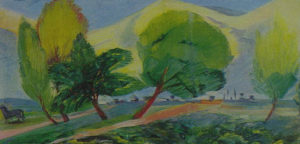
The first personal exhibition
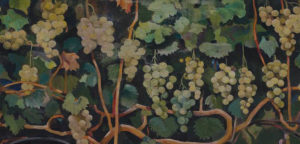
His works were exhibited at “The Last Salon”
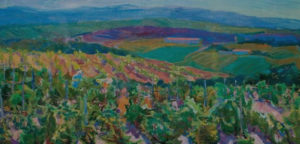
Attended the trial of Schwartzbard
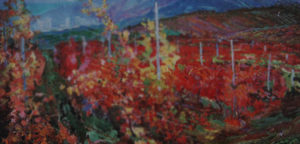
"Twelve Nudes"
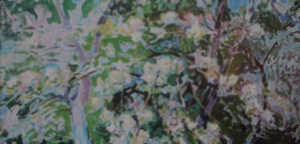
Made a creative trip to Spain
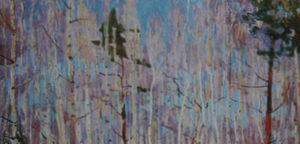
He returned to his homeland
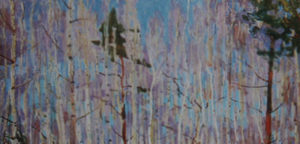
Permanently moved to Kyiv

Glushenko could only paint landscapes in his favourite style
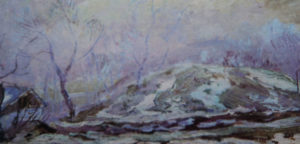
Received several awards and prizes
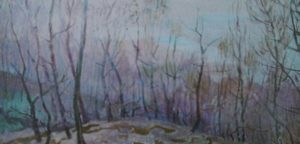
The death

